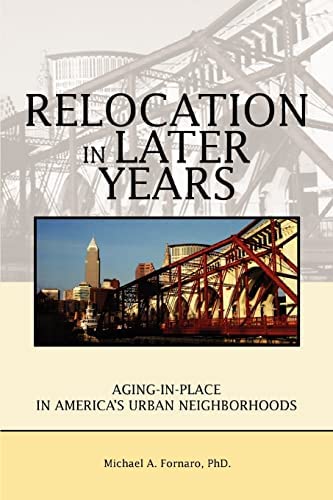
ATLANTA, CLEVELAND, NAPLES

404-285-6577
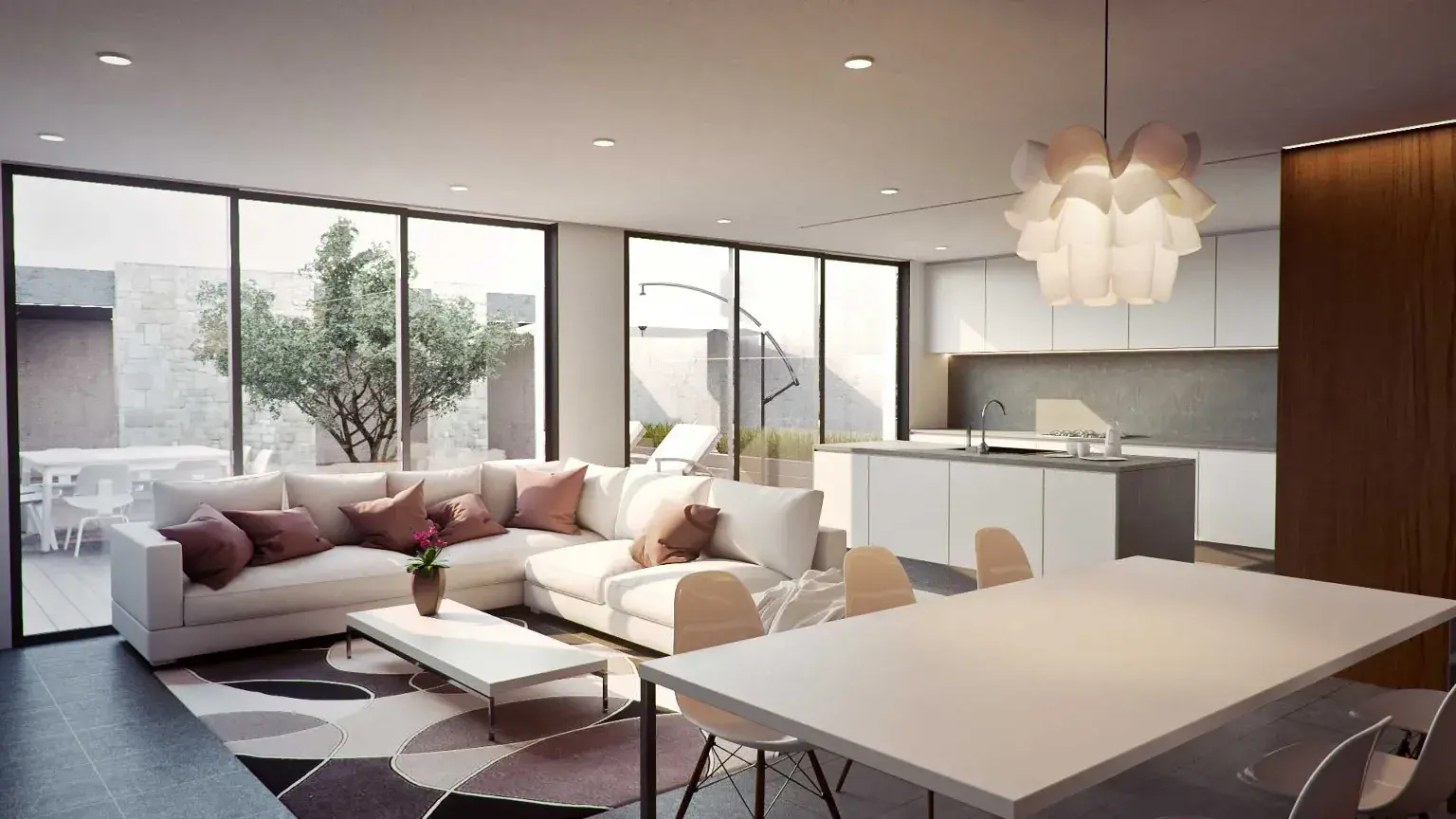

ATLANTA, CLEVELAND, NAPLES

404-285-6577
MICHAEL A. FORNARO
SOUTHWEST FLORIDA; History, Architecture and Real Estate.
By Michael A. Fornaro, PhD.
July 2024
WHY ARE SO MANY PEOPLE MOVING TO SOUTHWEST FLORIDA?
People move to Southwest Florida for a variety of reasons. The region’s warm and sunny climate is a major draw for many people. Southwest Florida offers mild winters and hot summers, which is appealing to individuals seeking to escape colder climates or regions with harsher weather conditions. The region has long been a popular retirement destination due to its abundance of retirement communities, active adult communities, and amenities catering to older adults. The coastal area offers a relaxed and laid-back lifestyle with opportunities for golfing, boating, fishing, and other outdoor activities. Several of the coastal communities boasts beautiful beaches along the Gulf of Mexico, providing opportunities for swimming, sunbathing, and water sports. The area also has numerous parks, nature preserves, and golf courses, allowing residents to enjoy outdoor activities year-round.
Overtime the economy has experienced growth in various sectors, including healthcare, education, tourism, and real estate. The region offers employment opportunities, particularly in the service industry, hospitality, and healthcare sectors. Compared to other popular coastal areas in Florida, such as Miami or West Palm Beach, places like Punta Gorda, Cape Coral, Estero and even Naples offers a more reasonable cost of living making it an attractive choice for individuals and families. While Southwest Florida may be known for its laid-back atmosphere, it also offers cultural and entertainment amenities. The region has a vibrant arts scene, including galleries, theaters, and music festivals. Additionally, there are shopping centers, restaurants, and a variety of social events to cater to different interests. There is a well-developed infrastructure with hospitals, medical facilities, shopping centers, and other essential services. The proximity to major cities like Sarasota ensures residents have access to a wide range of amenities and conveniences.
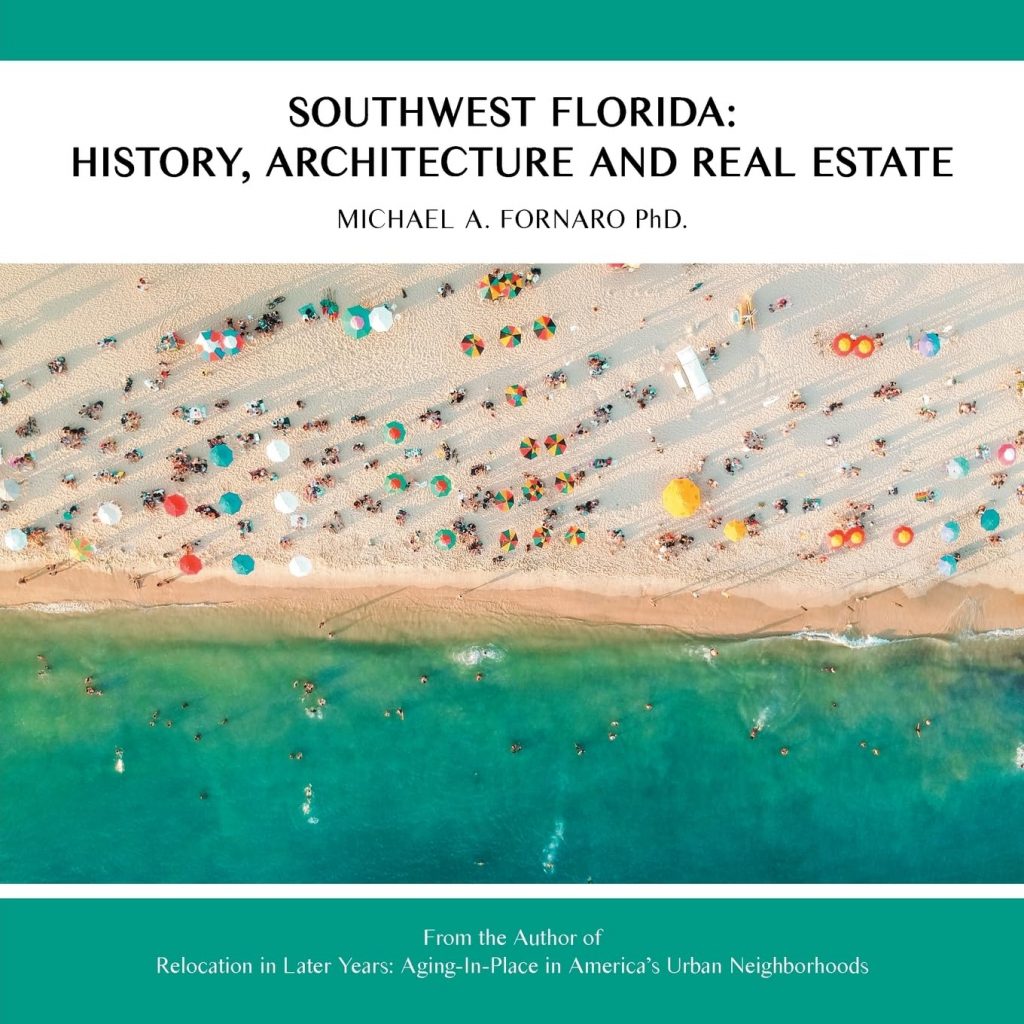
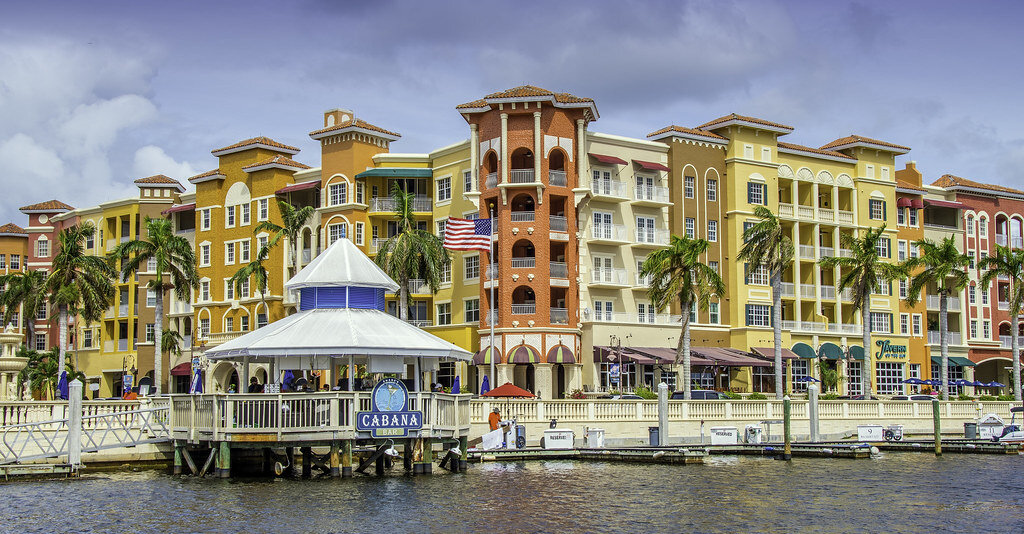
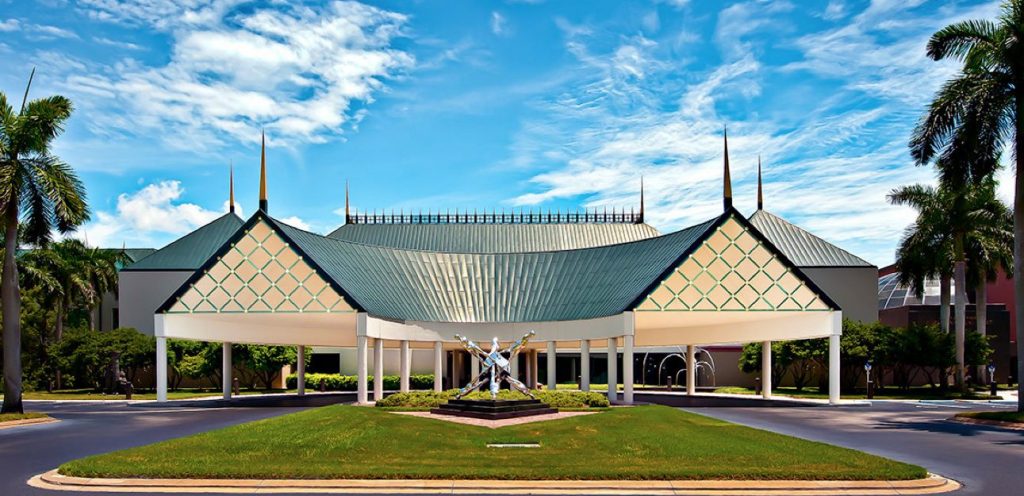
ART IS NOT CONFINED TO GALLERIES !
Public art plays a vital role in enriching environments by fostering cultural expression, enhancing aesthetic appeal, and promoting social cohesion. It transforms shared spaces into vibrant hubs of creativity, sparking dialogue and reflection among residents and visitors alike. Public art serves as a powerful tool for storytelling, capturing the unique identity and history of a community while providing opportunities for marginalized voices to be heard. Beyond its cultural significance, public art improves the quality of life by beautifying landscapes, reducing stress, and creating inviting spaces for interaction. Its presence in cities reinforces the idea that art is not confined to galleries but is an integral part of everyday life, inspiring connection, pride, and innovation. IMAGE: LOVE (Red Blue Green) by Robert Indiana at Yorkshire Sculpture Park, West Bretton UK. The sculpture park occupies the 500-acre parkland of Bretton Hall.
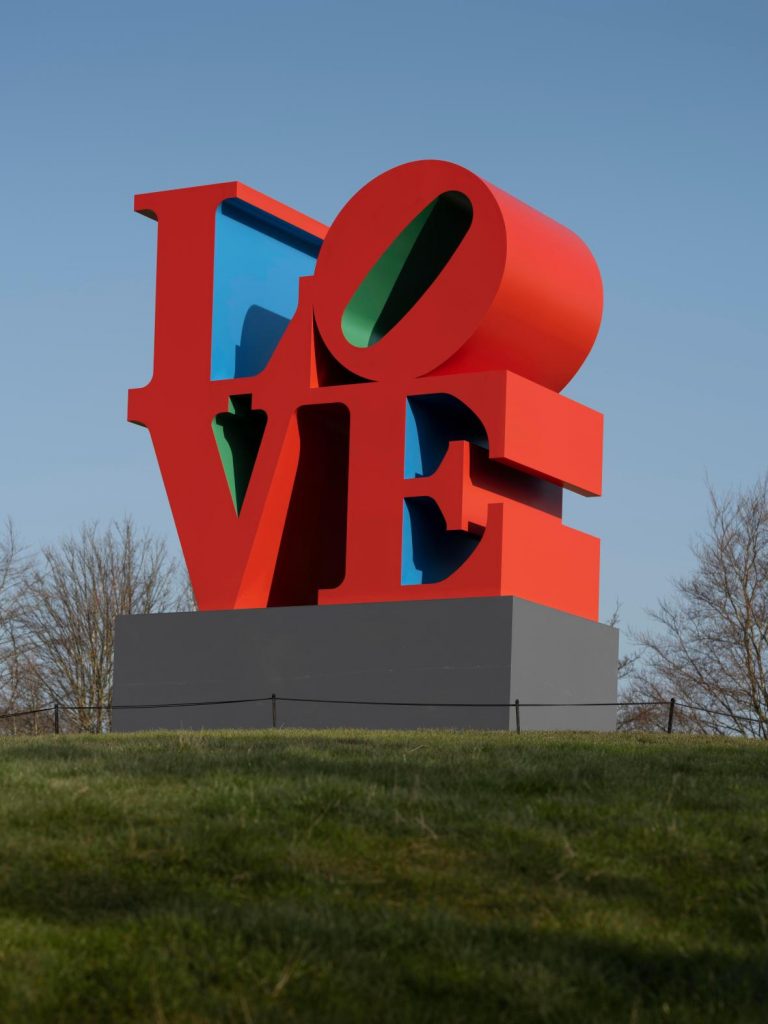
WHY IS PUBLIC ART IMPORTANT ?
Public art is important because it enriches communities, enhances urban spaces, and fosters a sense of identity and belonging. It brings art into the public realm, making it accessible to everyone regardless of socioeconomic status. Public art can celebrate local culture and history, tell stories, and give voice to diverse perspectives.
It also contributes to the aesthetic appeal of cities, turning ordinary places into vibrant and engaging environments. Public art can spark conversation, inspire creativity, and encourage civic pride. Additionally, it serves as a catalyst for community interaction, creating shared experiences and fostering social connections.
Beyond its cultural and social value, public art can have economic benefits by attracting tourism, revitalizing neighborhoods, and supporting local artists. Ultimately, public art is a powerful tool for shaping how people experience and connect with their surroundings. IMAGE: Wangechi Mutu, installation view of “I am Speaking, Are you Listening” at the Legion of Honor, San Francisco, 2021. Photo by Gary Sexton/FAMSF. Courtesy of the artist and Gladstone Gallery.
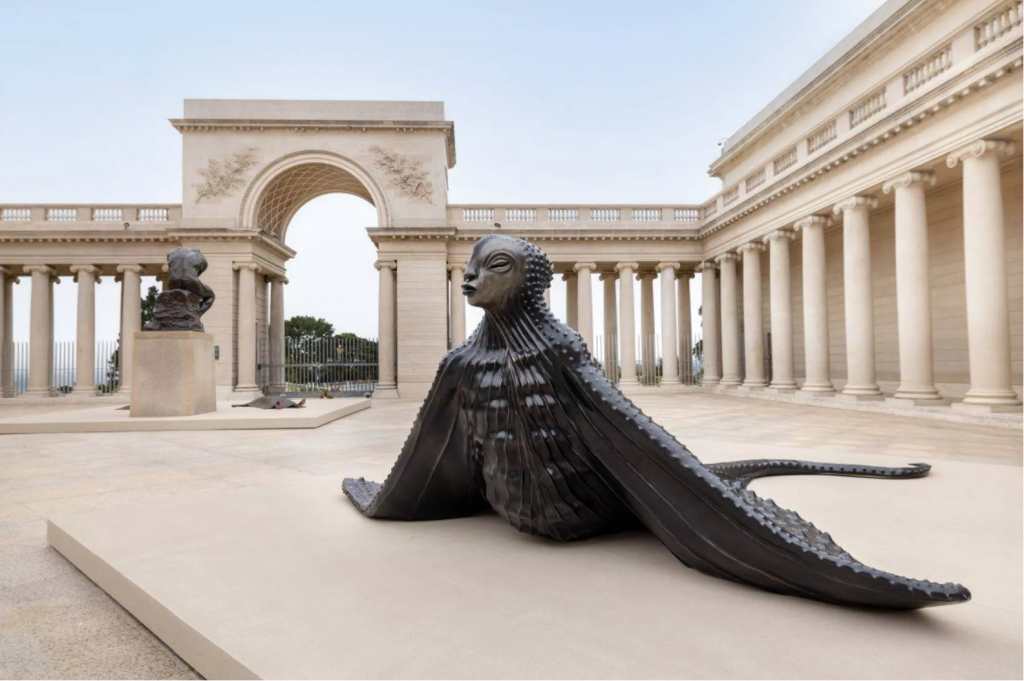
WHY IS PUBLIC ART CONTROVERSIAL?
Public art can be controversial for several reasons, as it intersects with a variety of personal, cultural, and political perspectives. One of the main factors contributing to its contentious nature is the subjectivity of art. Art is inherently subjective, and what one person views as a masterpiece, another might find offensive or meaningless. In public spaces, where artworks are displayed for a wide and diverse audience, opinions can vary significantly. What some may consider thought-provoking and beautiful, others may perceive as incomprehensible or distasteful. This variation in individual perception is a key reason why public art often sparks debate and controversy. IMAGE: The installation of the iconic triumphal arch on the Champs-Élysées shrouded in 25,000 square meters of silvery, recyclable fabric, which is tied in place by 7,000 meters of red rope in 2021.
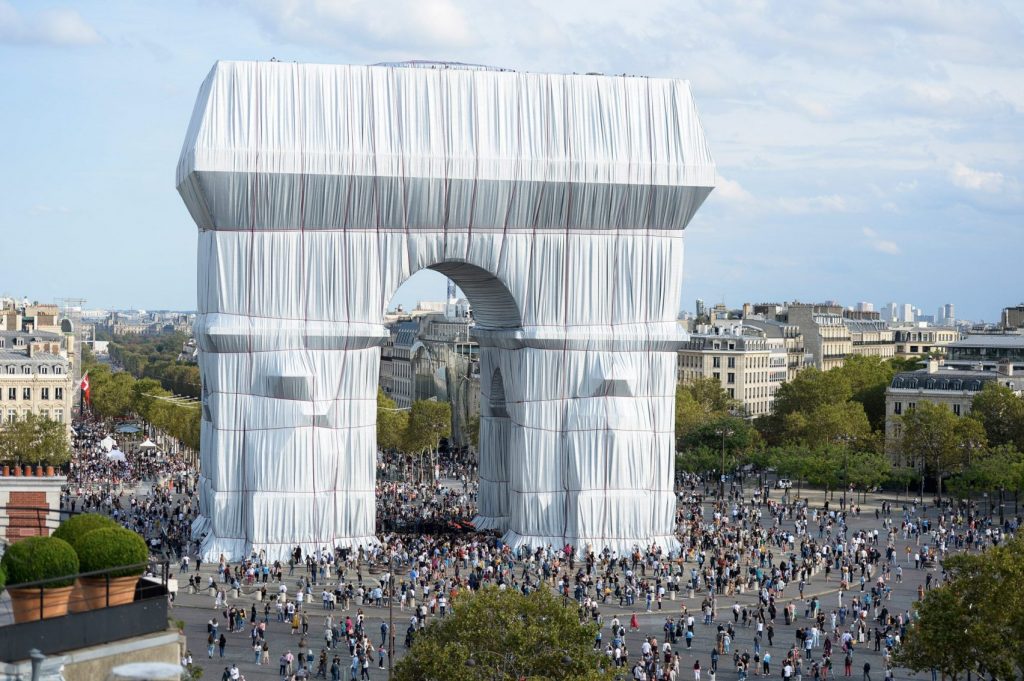
RELOCATION IN LATER YEARS, Aging in Place in America’s Urban Neighborhoods.
By Michael A. Fornaro, PhD.
Over the past decade American society has been overwhelmed with the number of older adults over the age of sixty-five. The question is, where will they live? The answer is many will live in urban neighborhoods by choice or by default. American Society has a long history of assisting older people in the form of social security, meals for shut-ins, and medical insurance. However, Americans have fallen short in one arena that has a profound impact on the quality of day-to-day living – housing. Housing that is well-designed, suitably located, and affordable contributes to the ability of an older person to maintain his or her independence and age in place
The current housing options available in urban neighborhoods are limited and becoming a crucial factor in determining the physical, social, and emotional well-being of older adults. Relocation in Later Years: Aging-in-Place in America’s Urban Neighborhoods provides strategies to retain and attract older adults to urban neighborhoods through the development of elderly-friendly neighborhoods and age-sensitive housing that allows older adults to age in place.
